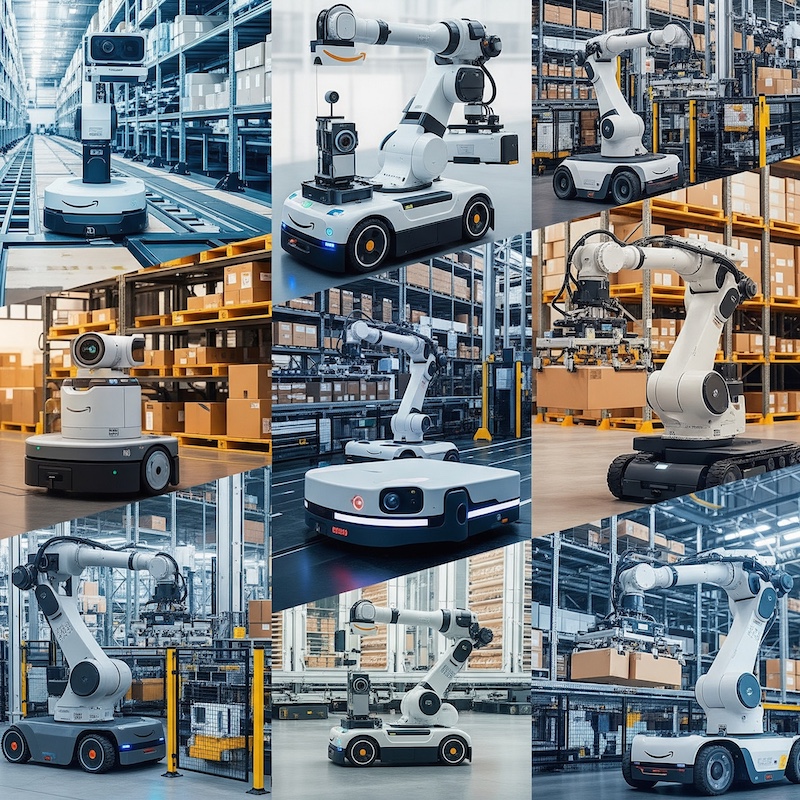
Online retail giant Amazon is reportedly moving towards a significant expansion in warehouse automation, a shift that could impact employment for more than 600,000 workers in the United States over the next eight years. Internal documents obtained by The New York Times reveal that Amazon’s robotics division aims to automate approximately 75 percent of its operations by 2033. This transition is projected to result in the avoidance of around 160,000 new roles by 2027.
The leaked documents indicate substantial potential cost savings of about $12.6 billion from 2025 to 2027, equating to savings of roughly 30 cents per item shipped. In a related internal memo reported by Business Insider, Amazon describes its advanced robotics, including a new tactile arm called “Vulcan,” as essential for “flattening Amazon’s hiring curve” in the coming decade.
Despite these revelations, Amazon has publicly contested the implications of these documents. A company spokesperson clarified that the materials represent the perspective of one team and do not reflect the entire hiring strategy of Amazon. The spokesperson emphasized that the company is still actively recruiting and has plans for seasonal hiring.
The automation strategy is framed by Amazon as a means to alleviate workers from repetitive tasks, potentially leading to new roles in robot maintenance and engineering. However, analysts caution that if Amazon successfully implements this extensive automation, it may transition from being a net job creator to a net job reducer, particularly within its fulfillment centers.
According to the documents, the transition to automated systems raises questions about the future of employment in an industry increasingly reliant on technology. As Amazon continues to innovate, the balance between technological advancement and job preservation remains a critical topic for discussion.
The implications of this shift are significant, not just for Amazon’s workforce, but for the broader landscape of employment in the retail sector. As the company navigates through this transformative period, stakeholders are keenly aware of the potential consequences for workers and the economy at large.






